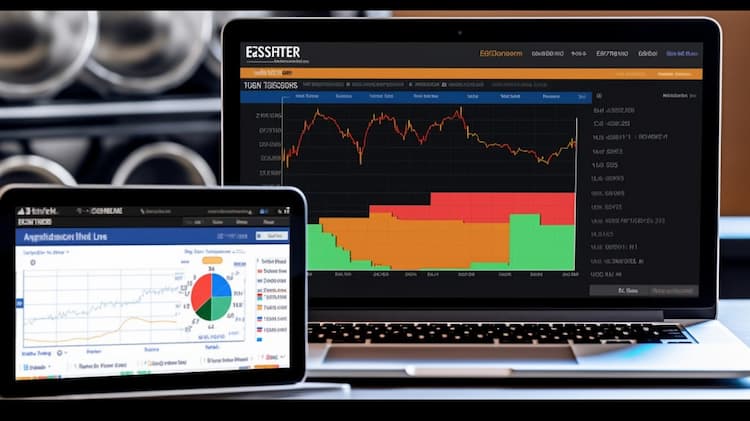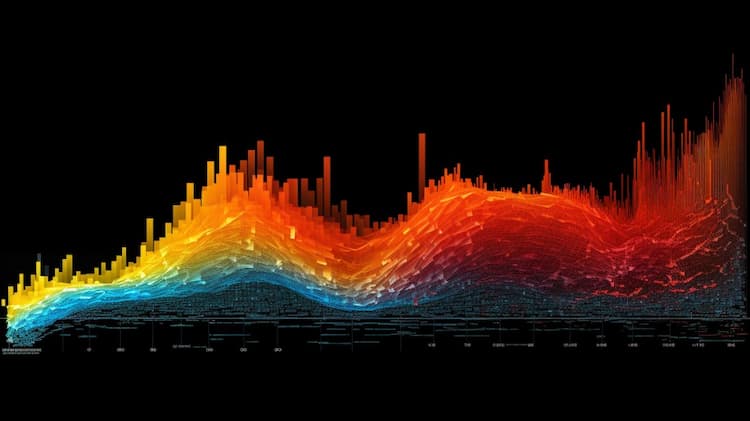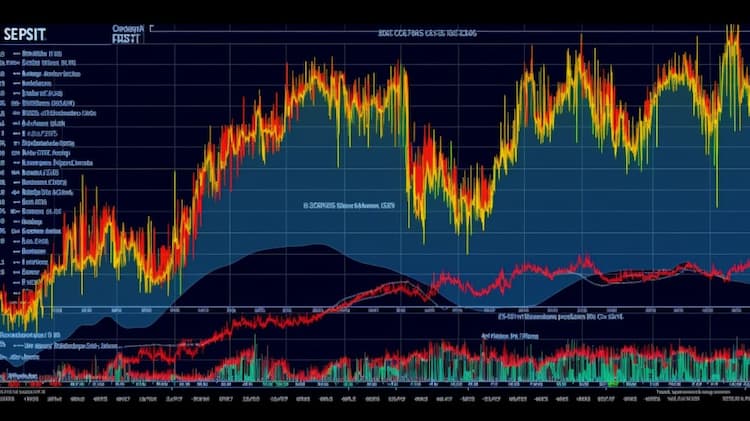
IYF VS KIE
Exchange-Traded Funds (ETFs) have reshaped the landscape of modern investing, presenting investors with diversified exposure to a wide range of sectors and asset classes. In this article, we will conduct a thorough analysis comparing two prominent ETFs: IYF (iShares U.S. Financials ETF) and KIE (SPDR S&P Insurance ETF). Throughout this exploration, we will delve into key aspects such as ETF tickers, full names, issuers, sectors, top holdings, capitalization, investment strategy, tracking methods, and exposure.
IYF Vs KIE: Overview
IYF and KIE are two ETFs that cater to distinct segments within the financial industry. While IYF focuses on the broader financial sector, including banking, insurance, and real estate companies, KIE zooms in specifically on the insurance sector. This fundamental divergence in their investment strategies results in contrasting risk profiles and potential returns, which we'll dissect in the sections ahead.
IYF Vs KIE: Sectors and Top Holdings
The IYF ETF encompasses a diverse array of financial companies, ranging from major banks to real estate investment trusts. Its top holdings include financial giants like JPMorgan Chase, Berkshire Hathaway, and Bank of America. In contrast, KIE narrows its focus solely to insurance companies, with holdings in firms such as Berkshire Hathaway, Chubb Limited, and Aflac Incorporated. Analyzing these sectors and top holdings equips investors with valuable insights into the industries that each ETF predominantly covers.
 IYF overlap IYF VS KIE
IYF overlap IYF VS KIE
IYF Vs KIE: Capitalization and Investment Strategy
IYF commands a substantial asset under management (AUM), attesting to its popularity among investors seeking exposure to the financial sector's dynamics. On the other hand, KIE adopts a strategic approach centered around the insurance industry's performance. The contrasting capitalization and investment strategies between the two ETFs introduce varying degrees of risk and return potential, necessitating careful consideration from potential investors.
IYF Vs KIE: Tracking Methods and Exposure
The IYF ETF aims to mirror the performance of the Dow Jones U.S. Financials Index, offering investors broad exposure to the financial sector. KIE, however, zeroes in on the S&P Insurance Select Industry Index, catering exclusively to insurance-related companies. The distinction in tracking methods and exposure strategies between IYF and KIE serves as a critical factor in determining which ETF aligns better with an investor's objectives and risk appetite.
Conclusion
In the realm of ETFs, IYF and KIE stand as distinct offerings, each tailored to provide exposure to specific niches within the financial industry. For those seeking a deeper understanding of holdings, correlations, overlaps, and nuanced insights, ETF Insider emerges as the ultimate tool. This user-friendly app empowers investors with comprehensive information about these financial instruments and more.
Disclaimer: This article is intended solely for informational purposes and does not provide any form of investment advisory services.
Sources:
https://www.nyse.com/index IYF ETF issuer
https://www.nyse.com/quote/ARCX:IYF IYF ETF official page
IYF quote and analysis
Discover the top holdings, correlations, and overlaps of ETFs using our visualization tool.
Our app allows you to build and track your portfolio.
To learn more about the IYF iShares U.S. Financials ETF, access our dedicated page now.
FAQ
Why is IYF better than KIE?
IYF may be considered better than KIE for some investors due to its specific focus, offering diversification.
Does KIE beat IYF?
KIE's performance relative to IYF will vary over time, depending on market conditions.
Should I invest in IYF or KIE?
The choice between IYF and KIE should align with your investment goals, risk tolerance, and desired exposure.
Are IYF and KIE good investments?
Both IYF and KIE can be suitable investments depending on individual investment strategies, goals, and risk profiles.
What is the correlation between IYF and KIE?
The correlation between IYF and KIE can vary over time, reflecting differences in performance.

























